In this 2017 State of the Conversion Optimization Report, we gave a 26 question survey to 333 people who work in the optimization space.
We partnered with Sentient Ascend, the AI optimization software company, for the survey AI, and we learned a ton of interesting things about the CRO space.
A lot of what we learned was expected and was a simple continuation of our insights from last year’s survey. However, things did shift around a bit year-over-year, and we have some fresh insights on the state of the CRO industry to share.
This post will outline some of the highlights, but if you’d like to download the full report for free, just click here.
What Does an Optimizer Look Like? (Demographics)
Here are some demographics from our survey, just to give you perspective on some of the insights we gained. In addition, our survey was but a sample of the entire CRO population, so it helps to have some understanding of how our sample is made up.
First, the percentage of women in CRO is quite low, and actually, the percentage of women that answered this year’s survey has decreased from 2016.
Our mean age was 34.42 years old and median was 33 years old. Here’s the distribution of ages:
Most of our survey responses came from the United States, but there was a long tail of countries that actually made up a large portion of our responses. That’s to say, this survey was very well internationally represented.
52.85% of respondents work in-house and 47.15% work as a service provider (consultant or agency). This is slightly different but similar to our 2016 numbers, where we had 58% of responses coming from in-house optimizers and the rest from agencies/freelancers.
Most of those that work in-house work for an ecommerce site. SaaS and Lead Generation companies also made up a substantial portion of our responses.
In addition, most of our respondents are optimizing websites, either mobile or desktop, with very few working on mobile applications.
The average salary of conversion optimizers was $64,984.89 (down from $71,340 last year).
Last year, the US had the highest average salary with $87,926, but this year Australia takes the prize with an average salary of $88,676.
In reality, the numbers between this year and last year were similar and well within the margin of error, so I’ll go on a limb and say that salaries haven’t changed all that much (at least in our sample).
It’s Still a Very Young Industry
When you meet a stranger in a bar or coffee shop and start talking about what you do, how many people actually know what “conversion optimization” is?
It’s a young industry, and there are still a lot of misconceptions around it. Still, it’s growing steadily…
While it’s exciting being a part of a nascent industry, there are some problems that arise from that as well. Notably:
- Lack of optimization knowledge (and don’t know where to learn)
- Lack of experience
Where do you learn about CRO? Many courses are incomplete or outdated (except CXL Institute, which is stacked with up-to-date and comprehensive courses). In addition, you need to know “a lot about a lot,” not quite a dilettante but also not a narrow specialist, to be good at optimization:
- Analytics
- Qualitative Research
- Statistics
- Technical Skills
- Heuristic Frameworks
- Copywriting
- User Experience
- Psychology
- ….And more
Of course, you can have a team with specialists for each role, but if you’ve got one person owning the process, they need to know a little bit about each of these (at least enough to QA others’ work). In addition, each specialist should ideally have a working knowledge of cross-functional disciplines (i.e. a copywriter should have a working knowledge of testing and design to be really great).
Lack of Conversion Optimization Experience
58% of optimizers have only been in CRO roles for 0-2 years. The industry is still relatively young and gaining momentum.
Some of these people may have been working in a fundamental role of CRO previously (UX or analytics), but few have been working specifically in CRO for very long.
In fact, only about 12% of our respondents have been working in a CRO role for more than five years. There is room for experience and leadership in the CRO space. There’s also a lot of space for learning, development, and growth.
That Which We Call an Optimizer…
The thing is, people that do CRO tend to go by different titles. This came up in 2016 as well. We often have conversations about the total size of the CRO space, but it’s hard to make an accurate estimation because people go by different titles. Here are some titles that our respondents go by:
- Analyst
- Conversion Optimizer
- Conversion Specialist/Consultant/Strategist
- CRO Specialist
- Director of Optimization
- Director of Marketing
- eCommerce Manager
- Digital Marketing Analyst
- Growth Hacker / Head of Growth
- Digital Marketing Manager
- Growth Marketing Manager
- UX Analyst
- Product Manager
- Web Analyst
And there are so many more. See, even if one person ‘owns’ optimization at their company, they still might operate under a different title than you’re used to. And some, say a Growth Marketing Manager, will own optimization efforts, but will also be tasked with other acquisition, retention, etc. tasks.
While optimization people go by many names, they’re all focused on data-driven growth and experimentation.
Do You Follow a CRO Process?
Most optimizers follow a conversion optimization process (75%). However, a majority of processes aren’t documented or structured.
Most optimization is done by a single person and specific teams of people. People working in teams meet more often than those working alone, however, most optimizers meet only when necessary (29.73%).
There was also a difference between in-house and agency optimizers in terms of their process implementation. Agencies were more likely to create their own process, and agencies were also more likely to use a process in general.
There’s a lot of room for improvement in process implementation. We know that optimization programs are more likely to 1) product ROI 2) be taken seriously by the company and 3) remain intact for the long term if you have a process in place. Build, borrow, or steal a CRO process and implement it in your company for best results.
Tracking Organizational Efficiency and ROI
There’s a saying you’ve likely heard: “If you don’t measure it, you can’t manage it.”
True or not, measuring the effects, results, and return on investment of your conversion optimization has many benefits, one of which, of course, is being able to improve it. But in addition to that, documentation helps you build support for the program, gather future resources, and create excitement for testing.
So how many are tracking their own efforts? Not 100% but still a solid amount of our sample…
The results are much better in 2017 than they were last year. This year, we have 63.83% of respondents saying they track the percentage of winning tests (compared to 37% last year). We have 66.35% of respondents saying they track the average lift per test (compared to only 48% last year).
This is definitely a good sign, and I hope that it improves further in the future.
All About Experimentation
When it comes to conversion optimization, A/B testing is about as universal as it gets. We asked what kinds of tests people were running, and here’s the answer:
Most people are only running 1-2 tests per month, but a (slight) majority uses a prioritization model for choosing tests. Notable here, of course, is the quick rise of the PXL model :)
Unsurprisingly, the more tests you run, the more likely you are (generally) to use a prioritization model…
Finally, we asked about the value that people get from different types of CRO techniques, and of course, A/B testing came out on top as the most valuable of them all.
And here’s the profile and breakdown of A/B testing by itself…
Hope For the Future of Optimization
Things are looking hopeful for the future, in four ways:
- Budget allocation
- Education
- Prioritization
- Results
First, budget allocation. Compared to 2016, 45% of respondents said they’ve increased their budget this year. Second, 52% of respondents say their organization will prioritize CRO higher this year. Third, about 55% of respondents said their program was more effective in 2017 than in 2016.
These are all incredibly inspiring bits of data. It means that CRO is being taken more seriously, and it’s bringing greater results. We hope (and predict) this will continue in the future in the same direction.
On the education front, we’ve not had thousands of marketers run through our various courses in CXL Institute. We’ve helped people change careers, get promoted, and improve their business results. We have courses on analytics, UX, copywriting, CRO, and more, all taught by the best expert practitioners that we know in the industry. It’s no fluff, interactive, and comprehensive.
Conclusion
While many aspects of the conversion optimization have remained unchanged, there are some strides in the right direction this year. We’re seeing more optimizers use a structured process as well as a prioritization framework.
Optimizers are, generally speaking, getting more success and results from their programs. Related to that, optimization programs are also getting increased budgets and respect from stakeholders.
There’s a lot to look forward to in the CRO space. We’re thrilled every day to be training and educated those who will help push this industry forward and innovate where it counts.
There’s a lot more data in the full report. Download it here.
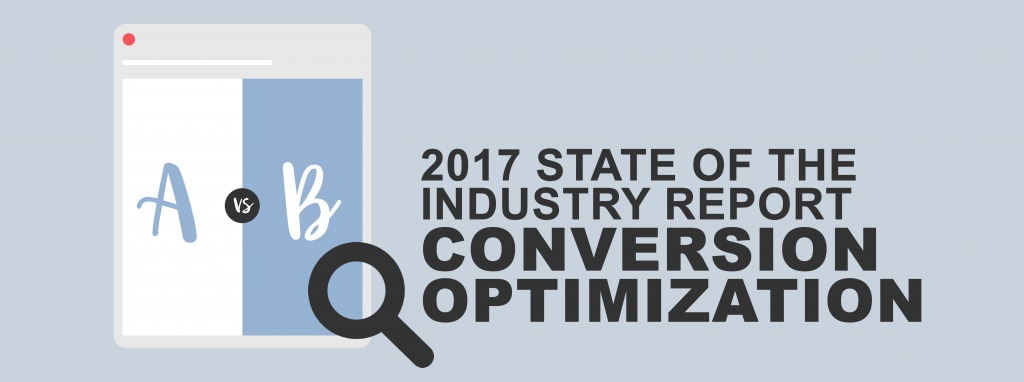



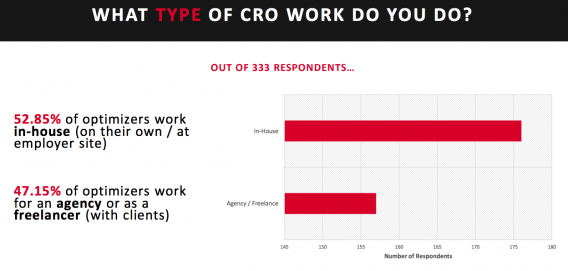
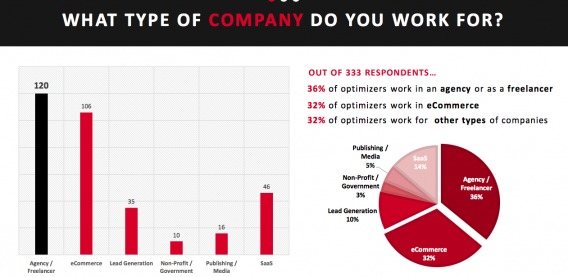
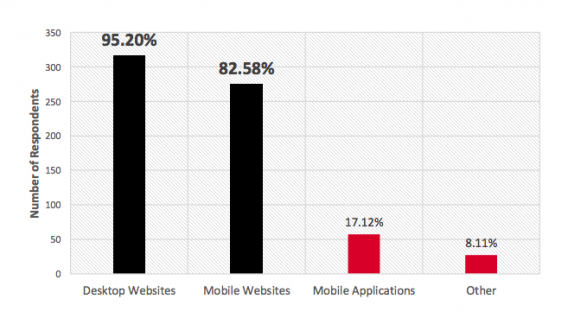
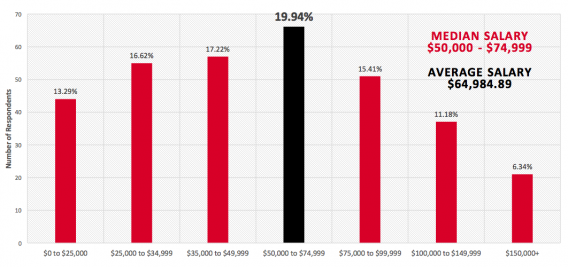
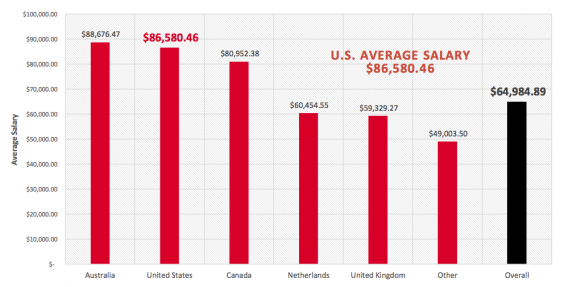
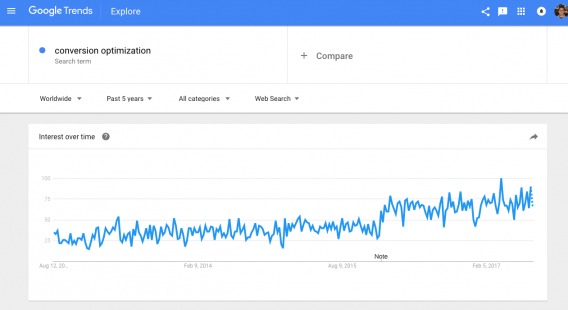
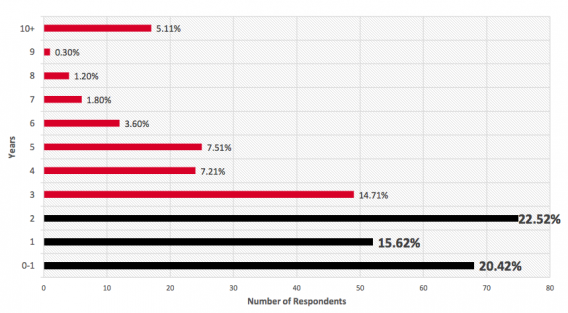
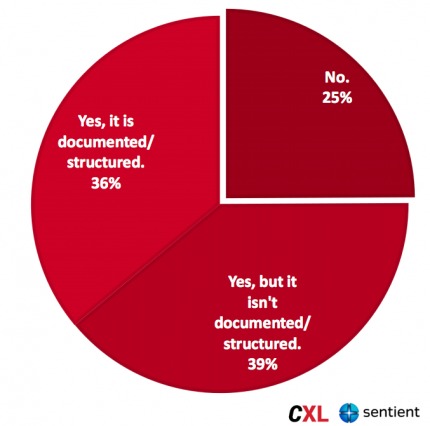

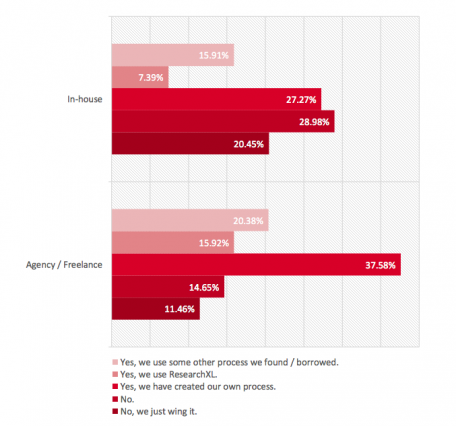

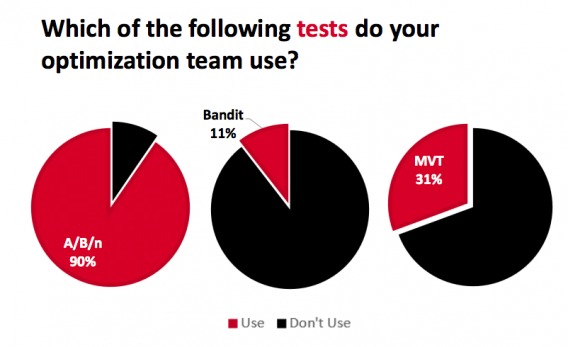
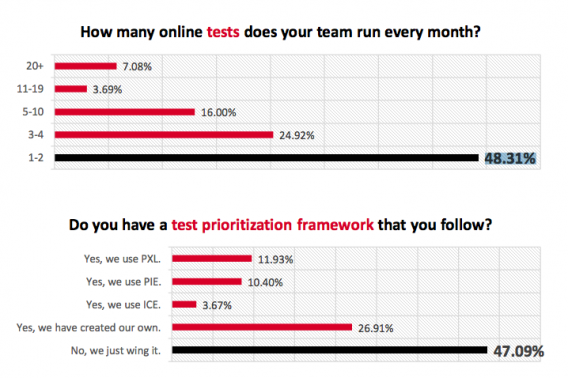

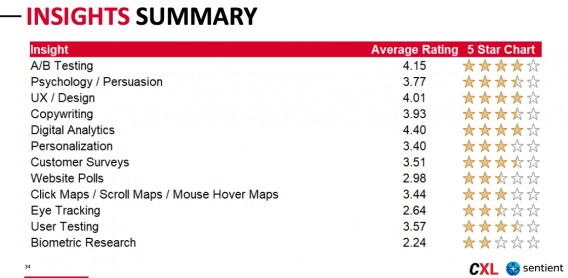

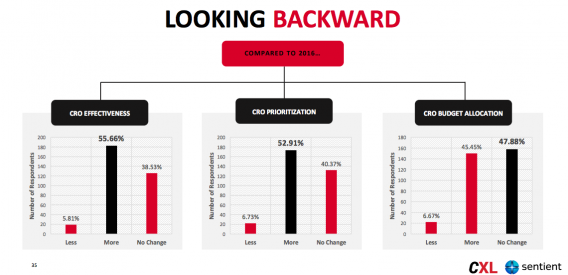



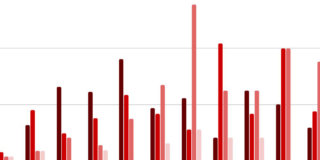
This is great! Thanks for sharing I’d love to participate next year.
Thanks for doing this again! Some very interesting and useful figures in here.